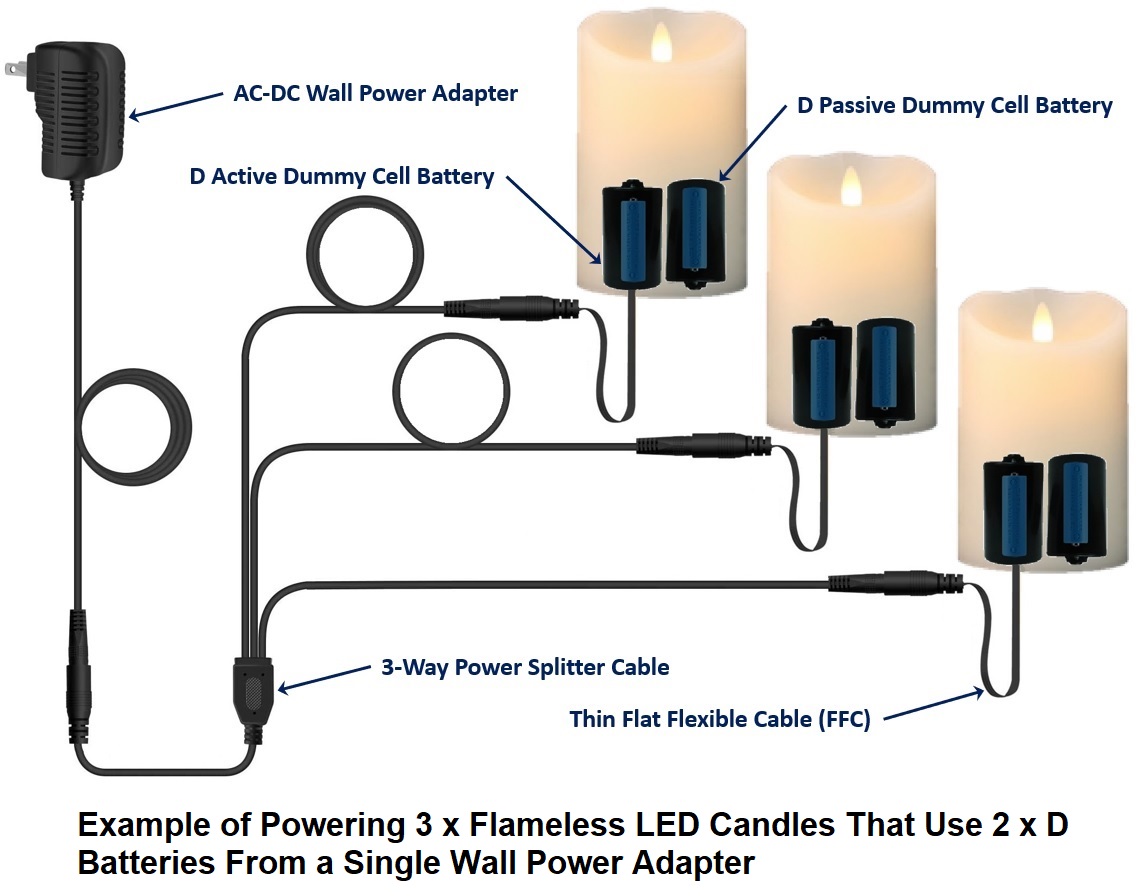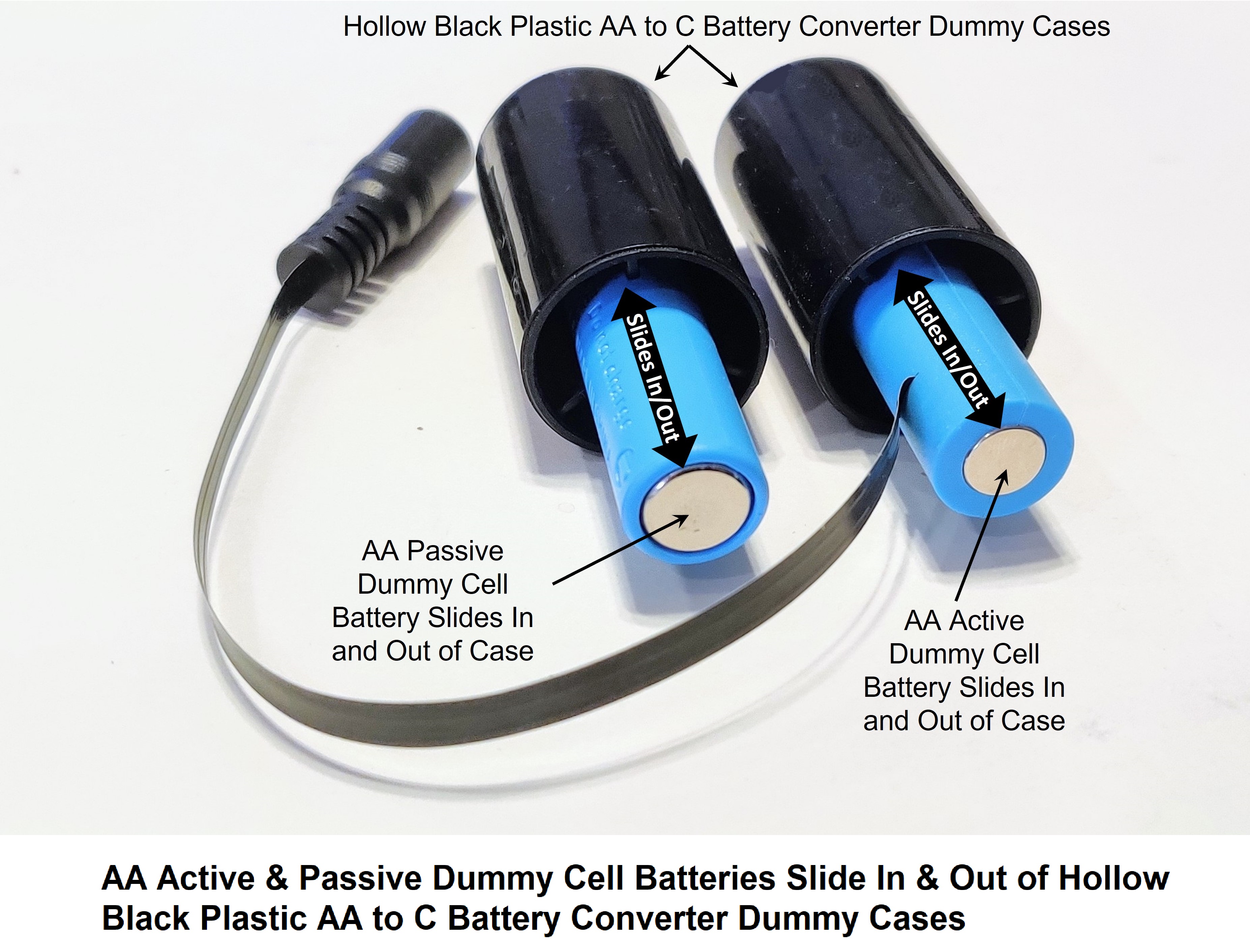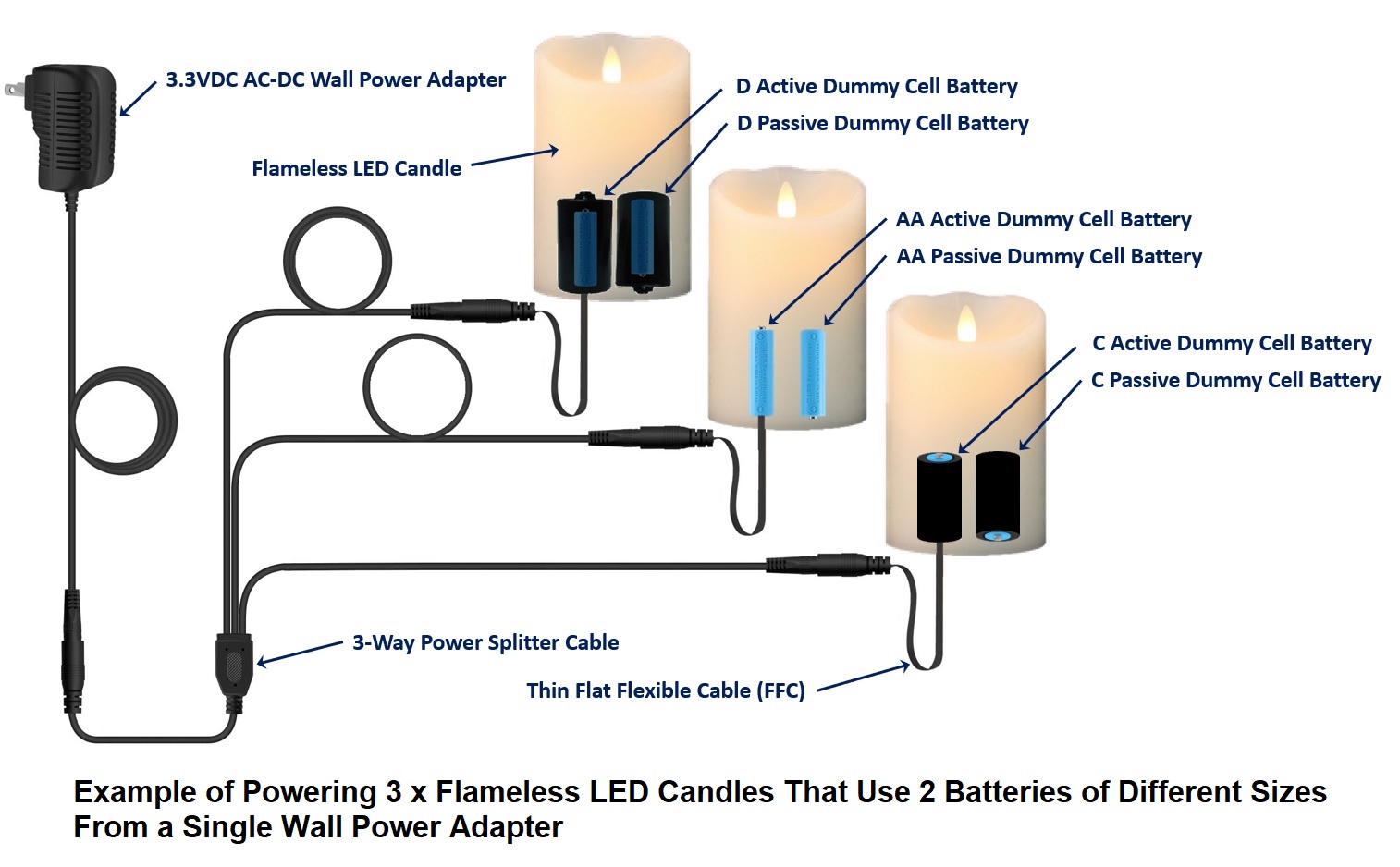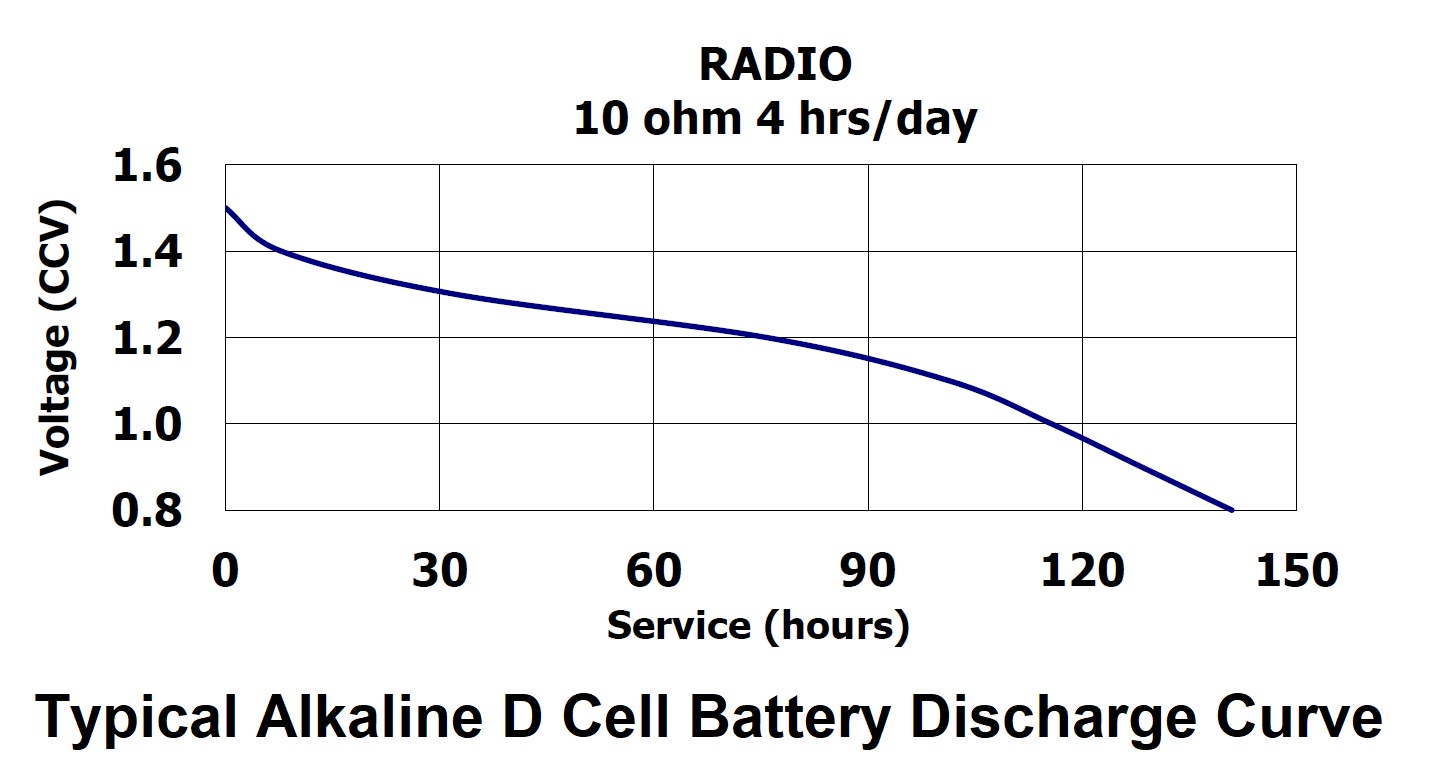|
Battery Eliminator Kits Questions & Answers
If you don't see the answer to your question below, feel free to e-mail us at [email protected], and we will do our best to answer your question.
Answer: Yes, more than one electronic device can be
powered with the wall power adapters included in our battery eliminator kits. The
number of electronic devices than can be powered depends on the power
consumption of each device, and the total power output that the wall adapter
can supply. The power consumption of each electronic device may or may not be
labeled on the device, and most of our wall adapters have the total power
output listed on them. If everything is labeled, then simply add up the power
consumption of each electronic device and makes sure it's less than or equal to
the total power output of the wall adapter. If everything isn't clearly
labeled, then it's kind of a guessing game. In this case, just keep adding on
electronic devices until they stop working properly and then reduce the number
of devices until they all start working again. You may even want to reduce the
number of devices by one or two more to give you a little extra operating
headroom. Our wall adapters won't be damaged by overloading them like this
because they are designed to limit the amount of power they can supply in order
to avoid being damaged. In order to power the additional electronic devices,
each device will need its own active dummy cell battery and the appropriate
number of passive dummy cell batteries. These can be purchased separately on
our website. You will also need the appropriate
POWER SPLITTER CABLES. We have 2-way up to 8-way POWER SPLITTER CABLES. You may also need POWER EXTENSION CABLES. in order to space out your electronic
devices and to power devices located some distance away. All of the connectors
on our active dummy cell batteries,
POWER SPLITTER CABLES, POWER EXTENSION CABLES are compatible with each other making this
an easy to implement plug-and-play solution! Below is an example of powering multiple electronic devices from a single wall adapter included in one of our battery eliminator kits. This example is for powering 3 x flameless LED candles where each candle uses 2 x D batteries. The wall adapter included in one of our 2 x D Battery Eliminator Kits has an output voltage of 3.3VDC and can supply up to 1A of output current; therefore, the wall adapter can supply up to 3.3VDC x 1A = 3.3W of output power. Each flameless LED candle only consumes about 0.050A of current (typical for a flameless LED candle)
at a voltage of 3.3VDC; therefore, the power consumption of ech candle is only 3.3VDC x 0.050A = 0.165W. This means a single wall adapter can power up to 3.3W/0.165W = 20 flameless LED candles, so powering only 3 is easy. For this particular example, you would need to purchase a 2D BATTERY ELIMINATOR KIT, 2 x D ACTIVE DUMMY CELL BATTERIES, 2 x D PASSIVE DUMMY CELL BATTERIES, and a 3-WAY POWER SPLITTER CABLE. POWER EXTENSION CABLES can be purchased as needed for your particular application depending on how far away each candle is from the wall power adapter and from each other.
Answer: Yes, you absolutely can! The required additional components would depend on which battery eliminator kit you already have and what size batteries are required in the other electronic device you are trying to power. In the example given above, all you need to do is remove the AA Active and AA Passive Dummy Cell Batteries from the hollow black plastic AA to C battery converter dummy cases (see picture below). The AA Active and AA Passive Dummy Cell Batteries can now simply be inserted into the electronic device that uses 2 x AA batteries! It's that simple. The reason you can do this without having to get a different wall power adapter is because AA, AA, C and D batteries all have the same initial terminal voltage of 1.5VDC (brand new and unused); therefore, 2 x C and 2 x AA batteries both generate 2 x 1.5VDC = 3.0VDC, so the wall power adapters that come with our 2 x C and 2 x AA Battery Eliminator Kits are the same and rated at 3.3VDC@1A (3.3W). You may notice that this wall power adapter's output voltage of 3.3VDC is slightly greater than the voltage generated by 2 batteries (3.0VDC). 3.3VDC is within the acceptable range required by electronic devices that use 2 batteries. The electronic circuitry inside of devices that use 2 batteries is designed to operate at voltages higher and lower than 3.0VDC. Generally, the maximum voltage is about 20% higher than 3.0VDC which would be around 3.6VDC, but the exact value will vary from device to device. The low-end operating voltage of a single battery has to do with the battery's terminal voltage once it's totally discharged (end-of-life) which is typically around 0.75VDC (half of its terminal voltage when it's brand new); therefore, for 2 batteries, this end-of life voltage is 2 x 0.75VDC = 1.5VDC. Since our battery eliminator kits will always supply a constant voltage, your electronic devices will always be operating just as well as if they had a fresh set of batteries installed!
Answer: Yes, you can absolutely do this! The picture below illustrates this application. The components needed in addition to the 2D Battery Eliminator Kit are a 3-WAY POWER SPLITTER CABLE, a AA ACTIVE DUMMY CELL BATTERY, a AA PASSIVE DUMMY CELL BATTERY, a C ACTIVE DUMMY CELL BATTERY, and a C PASSIVE DUMMY CELL BATTERY.
|
 Facebook
Facebook
 Twitter
Twitter
 YouTube
YouTube
 Pinterest
Pinterest
 ($0.00)
($0.00)











